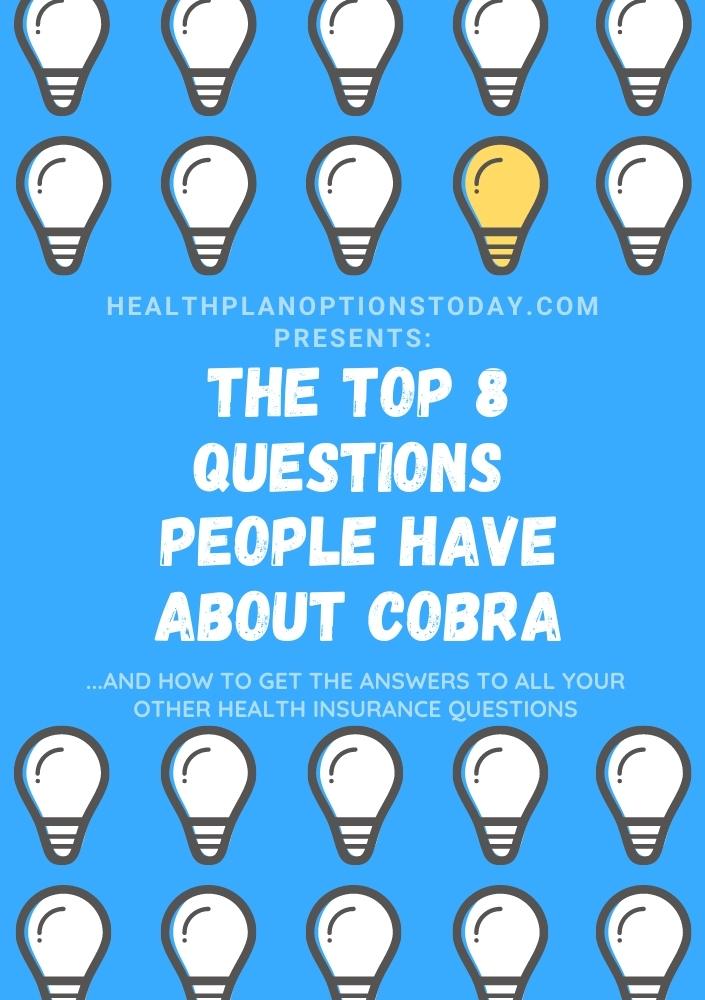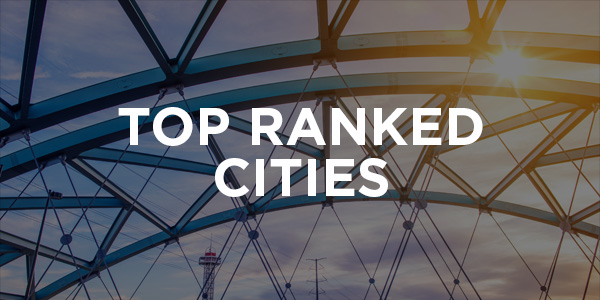Millions of Americans are able to take advantage of the current special enrollment period, which lasts through May 15, 2021. Here’s what to expect out of Obamacare in the near future.
With one stroke of his pen, President Biden changed our country’s access to healthcare. On Thursday, January 28, 2021, after less than two weeks in office, the Biden-Harris Administration issued two executive orders that spurred a series of initiatives that will strengthen the American health care marketplaces.
President Biden’s two executive orders directed the Department of Health and Human Services (HHS) to reopen Healthcare.gov, which is the health insurance marketplace enacted by the Affordable Care Act (ACA)- more popularly known as Obamacare. These executive actions established a special health insurance enrollment period from February 15, 2021 – May 15, 2021, which would allow tens of millions of uninsured Americans in 36 states to secure an affordable health insurance plan. HHS has pledged to spend $50 million on outreach campaigns that encourage uninsured individuals to visit Healthcare.gov to explore their coverage options, complete unfinished applications, and enroll in a health plan.
Access to quality healthcare is a prevalent issue in this country that affects millions of Americans across geographic, racial, and social boundaries. These healthcare-related executive orders represent the commitment that the Biden-Harris Administration made in the American Rescue Plan to expand and protect Obamacare coverage, meet the growing healthcare needs created by the pandemic and strengthen healthcare services offered by federal agencies.
The Directive’s Changes to Obamacare and Medicaid
Although this special enrollment period is the only action specified by President Biden’s executive order, these directives place the spotlight on federal agencies. When it comes to Medicaid and the ACA, Biden called for federal agencies that interact with these programs to reexamine (1) the policies that limit healthcare protections of individuals with pre-existing medical conditions under the Affordable Care Act, (2) the practices that make Medicaid eligibility difficult, (3) the practices that create barriers to enrolling in Medicaid and ACA, (4) the policies and practices that increase insurance premiums for policyholders and dependents.
While the President’s order doesn’t go into detail and provide specific insight into what actions Medicaid, HHS and their corresponding federal agencies should take, this order is likely to reverse several policies established by the previous administration. It’s clear that the Biden-Harris administration is taking a powerful stance on Medicaid Policy and preparing to reestablish Medicaid as a foundational part of the Affordable Care Act, especially during the pandemic where millions of Americans have lost their jobs and can no longer afford health insurance.
Insuring and Ensuring Women’s Health
A significant part of Biden’s executive order was his nationwide presidential memorandum that sought to protect women’s health and reproductive rights. In this memorandum, Biden rescinded aggressive policies established by the previous Administration that modified women’s access to a variety of healthcare services, and also expanded other services that pertain to women’s reproductive health and sexual health.
How Does The Health Insurance Marketplace Reopen Affect Me?
Do you have health insurance? In the last year, millions of Americans were laid off due to the pandemic and subsequently lost their healthcare insurance, and due to hardship, unfortunately did not get Cobra insurance after losing their job. Fortunately, Biden’s executive orders give uninsured individuals additional time to enroll in Medicaid or find affordable comprehensive coverage under the Affordable Care Act.
Can I Buy Health Insurance That is Not Obamacare?
Many people wish to seek out other insurance options outside of Obamacare and aren’t sure where to start. Out team at Health Plan Options Today specializes in helping people explore their healthcare insurance options to get health coverage that is perfectly suited for their budget and their needs. Our experts are standing by to help you! Click the button below or call 1-855-218-3447 to start discussing your insurance options.
 Call Our Insurance Hotline:
Call Our Insurance Hotline:







